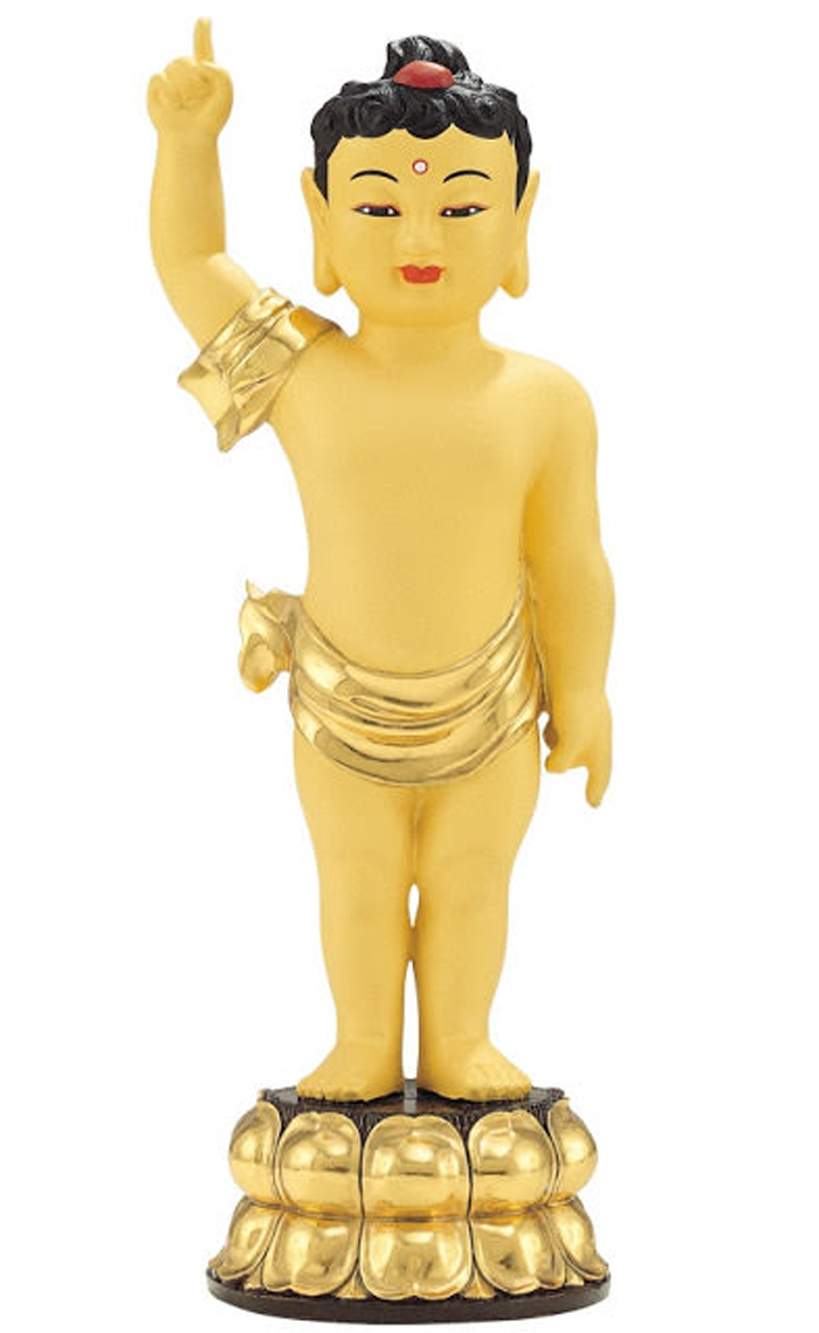In the introduction to his translation of the Majjhima Nikāyā, Bhikkhu Bodhi says this:
Biographical information for its own sake was never an overriding concern of the redactors of the Pali Canon, and thus the data the Majjhima (Nikāyā) provides on the life of the Buddha is scanty and uncoordinated, included principally because of the light it sheds on the Buddha as the ideal exemplar of the spiritual quest and the fully qualified teacher. Nevertheless, though it subordinates biography to other concerns, the Majjhima does give us the fullest canonical account of the Master’s early life as a Bodhisatta, a seeker of enlightenment. With the Dīgha (Nikāyā) it shares the miraculous story of his conception and birth (MN 123)…
— [Bhikkhu Nanamoli, & Bhikkhu Bodhi, The Middle Length Discourses of the Buddha, “Introduction”]
We have three important sources about the Buddha’s birth:
- Acchariya-abbhūta Sutta, “Wonderful and Marvelous”, MN 123
- Mahāpadāna Sutta, “The Great Discourse on the Lineage”, DN 14
- Nālaka Sutta, “About Nālaka”, Sn 3.11
The most complete version is the one found in the Majjhima Nikāya (MN 123).
The second one is from the Digha Nikāya (DN 14). In his summary, Maurice Walsh says this:
14. Mahāpadāna Sutta: The Great Discourse on the Lineage. This refers to the last seven Buddhas, going back ‘ninety-one aeons’ in time. The life of the Buddha Vipassi at that remote period is told in terms similar to early versions of the life of Gotama. All Buddhas go through the same experiences in their last earthly life. The Buddha’s realization is equated with the understanding of dependent origination.
— [Maurice Walsh, The Long Discourses of the Buddha, “A Summary of the Thirty-Four Suttas”]
An aeon is a life of the universe. In Buddhism, time is infinite and cyclical. There is a big bang, the universe expands, it contracts, and then there is another big bang. Scientists estimate that the current universe will last from one to 100 trillion years. It’s a long time.
The sutta from the Suttanipāta is a story from the Buddha’s birth. In it a seer named Asita foretells that the baby will become a Buddha:
Asita, also known as Kanhasiri, was a sage who lived in the forest in the Sakyan country. He is described as wearing matted hair. One day he noticed that the gods were wildly celebrating, and he asked them why they were so happy. They replied, ‘A Bodhisattva, an excellent and incomparable jewel, has been born in the Sakyan town in Lumbini, for the welfare and happiness of the human world. This is why we are so happy.’. Anxious to see this child Asita went to Kapilavastu where Suddhodana welcomed him and gave him the child to hold. Being accomplished in the art of ‘signs and mantras’ he examined the baby and proclaimed that he would ‘attain complete enlightenment’ (Sambodhi), reach the ultimate purified vision’ (paramavisuddhidassi), and proclaim the Truth ‘out of compassion of the many’. Then tears welled up into his eyes. Noticing this and being worried by it, the Sakyans asked Asita if he had foreseen some misfortune in the boy’s future. He replied that he was sad because he knew that he would pass away before this all happened.
— [DhammaWiki, “Asita”]
I hope that you will take a look at these remarkable stories. Happy Vesak.

According to Buddhist tradition, at the moment of his birth, the Buddha is said to have uttered the words “I am the chief of the world, the eldest in the world, foremost am I in the world. This is my last birth. There is now no more coming to be.” He then took seven steps and pointed to the heavens and the earth.
